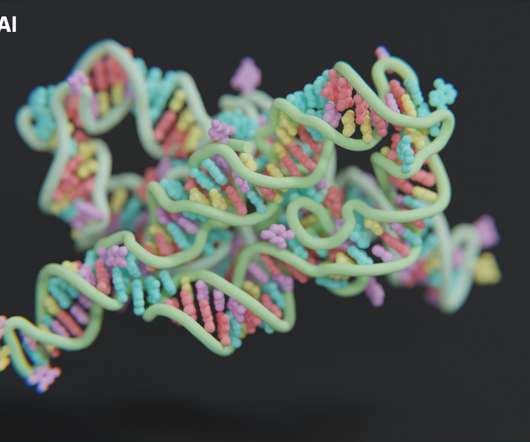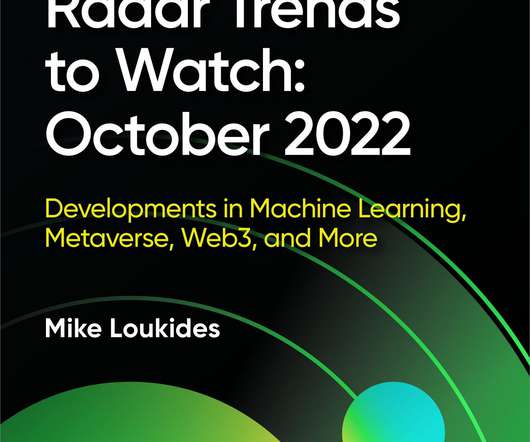With new funding, Atomic AI envisions RNA as the next frontier in drug discovery
TechCrunch
JANUARY 25, 2023
A rotating 3D model of an RNA strand structure predicted by PARSE. The biology is different, and the way the models work is different, but the idea is the same: a machine learning model trained on a limited set of a type of molecule that can make accurate predictions about the structure of other molecules of that type. .














Let's personalize your content